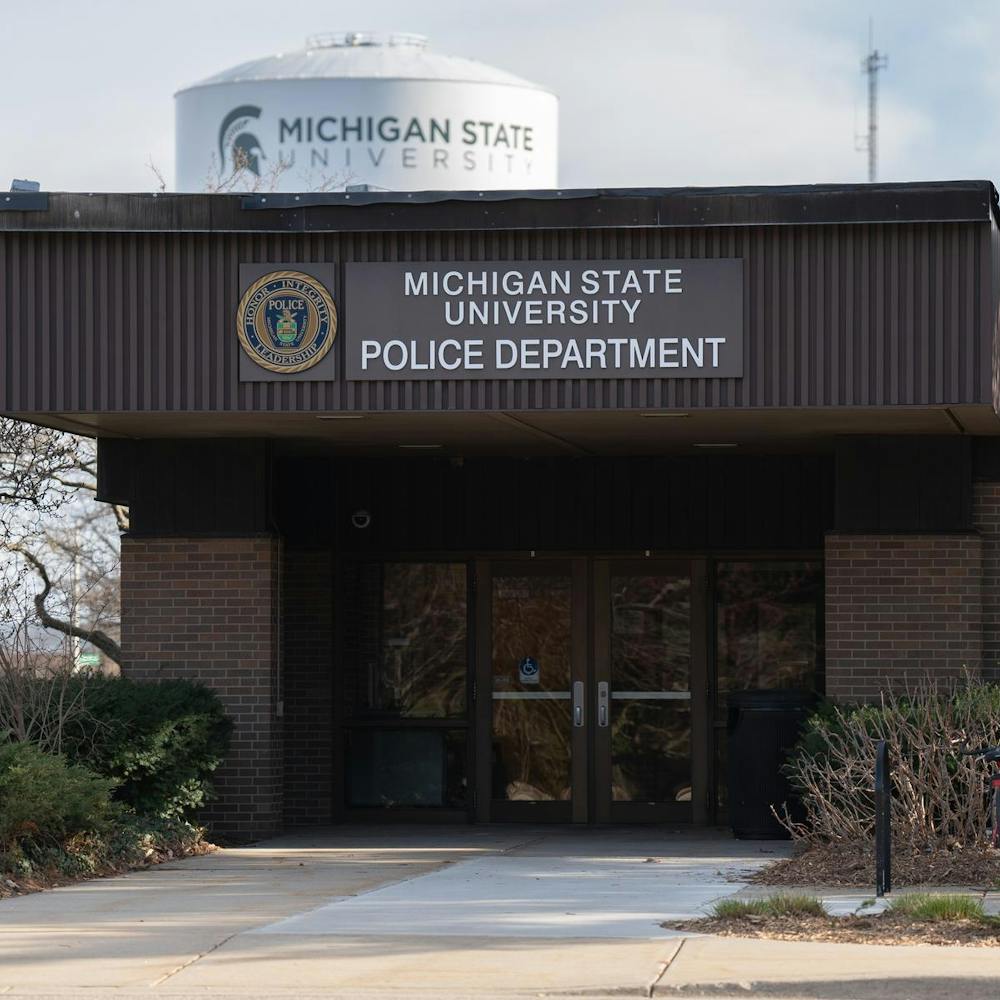When John Macklin was named head football coach and athletic director of Michigan Agricultural College in 1911, he inherited a fledgling football program plagued by low attendance at a school where enrollment just slightly topped 1,700.
Macklin led the M.A.C. squad into Ann Arbor in 1913, having never beaten the University of Michigan. The Aggies handed the Wolverines their only defeat that year on their way to a perfect season.
The ensuing celebration spilled into the city and culminated the following Monday with a bonfire at the state Capitol in Lansing.
Two years later, M.A.C. went back to Ann Arbor and thrashed U-M, 24-0. Having no fight song of their own, the M.A.C. band marched through Ann Arbor, playing "Hail to the Victors."
A rivalry was born.
'Sibling rivalry'
The first clashes of competition with U-M date back even before MSU was founded in 1855. As men such as John C. Holmes and Joseph Williams lobbied for the creation of an agricultural college in the state, U-M officials fought against the idea in the state Legislature.
"There was a battle there, but they did not win it," said J. Bruce McCristal, a 1954 MSU graduate and author of "The Spirit of Michigan State" — a book chronicling MSU's history.
From 1859 to 1869, there were six attempts to have the college closed and moved to Ann Arbor.
In 1916, M.A.C.'s eight-year-old engineering building burned down on a Sunday morning.
"(The University of) Michigan immediately moved in and wanted to move all engineering education to Ann Arbor," McCristal said, adding that U-M argued it would be less expensive to expand in Ann Arbor than rebuild.
M.A.C. President Frank Kedzie appealed to R.E. Olds, the founder of Oldsmobile, for support. Kedzie's father had helped Olds start his company, and Olds came through with $100,000 for a new engineering building.
"Frankly, it reminds me of two brothers, especially when (the schools) were younger," Bruce Madej, U-M's associate athletic director of media relations, said of the schools' clashes. "I would say it's like a sibling rivalry."
'Small potatoes'
"We were very small compared to Michigan for many years," McCristal said. "This went on all the way until the end of World War II, (when) our enrollment leapt in 1945."
Veterans returning from the war used the GI Bill to attend college, and Michigan State College President John Hannah recognized that athletics could be a tool to advance the college.
When the University of Chicago bowed out of the Big Ten Conference in 1946, it opened the door for MSC, which had changed its name from M.A.C. in 1925.
"We were small potatoes, and we would not be competitive in the Big Ten," McCristal said.
To bring MSC up to snuff, the football stadium was enlarged to seat 51,000, and Hannah hired former U-M lineman coach and then-Syracuse University head coach Clarence "Biggie" Munn to head up the football program.
When Munn came to MSC, he brought his line coach with him — a man named Hugh "Duffy" Daugherty.
MSC was granted membership to the Big Ten in 1948 by a unanimous vote.
"That added a lot of flavor to the (U-M) game," Madej said.
'The golden era'
Munn received a cold welcome on his first trip back to Ann Arbor in 1947, where the team found the visitor's locker room flooded.
"It was ankle-deep water and sewage," McCristal said. "Munn never forgot that."
MSC was then swamped by the Wolverines, 55-0.
"When they came back, Biggie Munn said, 'I will never, ever let that happen again,'" said Duane Vernon, a 1953 MSU graduate and longtime friend of Munn.
The next year, MSC lost 13-7 at home in front of a capacity crowd at the new stadium. For the rest of his tenure, Munn dominated U-M with four straight wins, two national championships and a Rose Bowl win against UCLA on Jan. 1, 1954.
"The guy who put Michigan State into the big time was Biggie Munn," McCristal said, calling Munn's tenure "the golden era of MSU football."
In 1954, Munn became athletics director, and Daugherty took over as head coach, leading MSU to two more national championships in 1965 and 1966.
"Duffy had a number of years of success against Michigan," Vernon said. "There was a time then, after Duffy, when we hit the skids with them."
Before he died, Munn gave his game vest to Vernon, who has worn it to several games since.
'Dynamic duo'
MSU stirred up a sore spot between the two schools in 1973 when a tie between U-M and Ohio State as Big Ten champions forced a vote about which school would represent the conference in the Rose Bowl. MSU voted against U-M, and Ohio State went to the game.
But past political conflicts between the schools don't reflect the spirit of the rivalry, Madej said.
"I don't think, if you asked any of the football players, that has anything to do with Saturday," he said. "Both Michigan State and Michigan understand that our futures are tied to the Big Ten and tied together in terms of what we need to accomplish."
McCristal agreed, saying that the competition on the field is balanced by cooperation in research and education.
"The two universities — you put them together and they complement each other," he said. "We have a real dynamic duo."
U-M Athletic Director Bill Martin underscored the importance of the game.
"This is also about bragging rights in-state," Martin said. "You've got to live with it for 364 days if you lose the game."
Vernon said he feels good about how MSU will fare, especially under head coach John L. Smith.
"You can throw the book out when Michigan and Michigan State play," he said.






